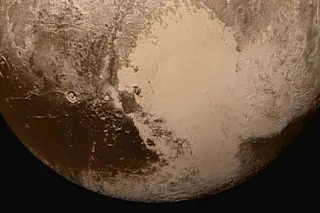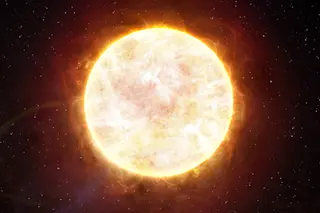The New Horizons spacecraft, which flew past Pluto in 2015, is still making new findings. Most recently, researchers used its data to find traces of ammonia on Pluto’s surface. Intriguingly, the ammonia lines up with a cracked region called Virgil Fossae, which has mounds of water ice and shows signs of past tectonic activity. Because ammonia is eventually destroyed in environments like Pluto’s, the researchers are taking this as a sign that the activity might be recent – and that means there’s likely still liquid water underground to cause the disturbances. This ties in nicely with many of Pluto’s other observed features since New Horizon’s visit.
The researchers, led by the SETI Institute’s Cristina Dalle Ore, published their findings Wednesday in the journal Science Advances.
To reach their conclusion of an underground liquid ocean on Pluto, Dalle Ore’s team first had to piece together a likely story explaining it. Pluto’s ...














